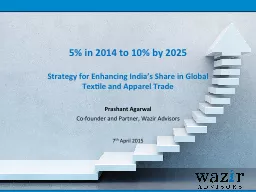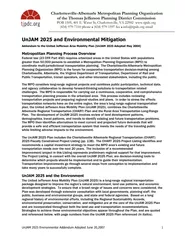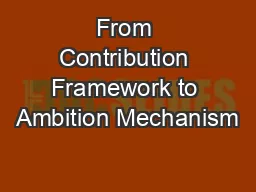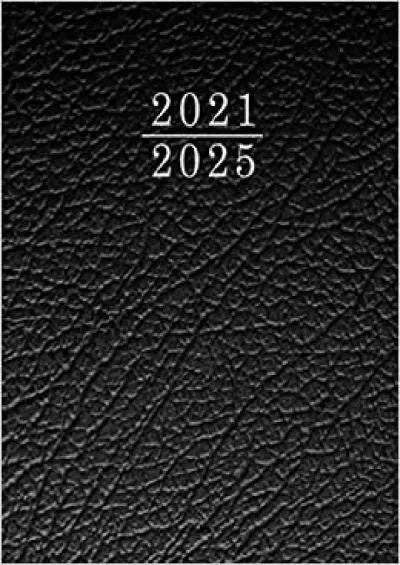PPT-5% in 2014 to 10% by 2025
Author : marina-yarberry | Published Date : 2016-07-18
Strategy for Enhancing Indias Share in Global Textile and Apparel Trade Prashant Agarwal Cofounder and Partner Wazir Advisors 7 th April 2015 Current Status
Presentation Embed Code
Download Presentation
Download Presentation The PPT/PDF document "5% in 2014 to 10% by 2025" is the property of its rightful owner. Permission is granted to download and print the materials on this website for personal, non-commercial use only, and to display it on your personal computer provided you do not modify the materials and that you retain all copyright notices contained in the materials. By downloading content from our website, you accept the terms of this agreement.
5% in 2014 to 10% by 2025: Transcript
Download Rules Of Document
"5% in 2014 to 10% by 2025"The content belongs to its owner. You may download and print it for personal use, without modification, and keep all copyright notices. By downloading, you agree to these terms.
Related Documents












![[READ]-2025-2029 Five Year Planner HARDCOVER: 60 Months Calendar, 5 Year Appointment Calendar,](https://thumbs.docslides.com/987036/read-2025-2029-five-year-planner-hardcover-60-months-calendar-5-year-appointment-calendar-business-planners-agenda-schedule-organizer-logbook-and-journal-with-black-cover-2025-2029-monthly-planner.jpg)

